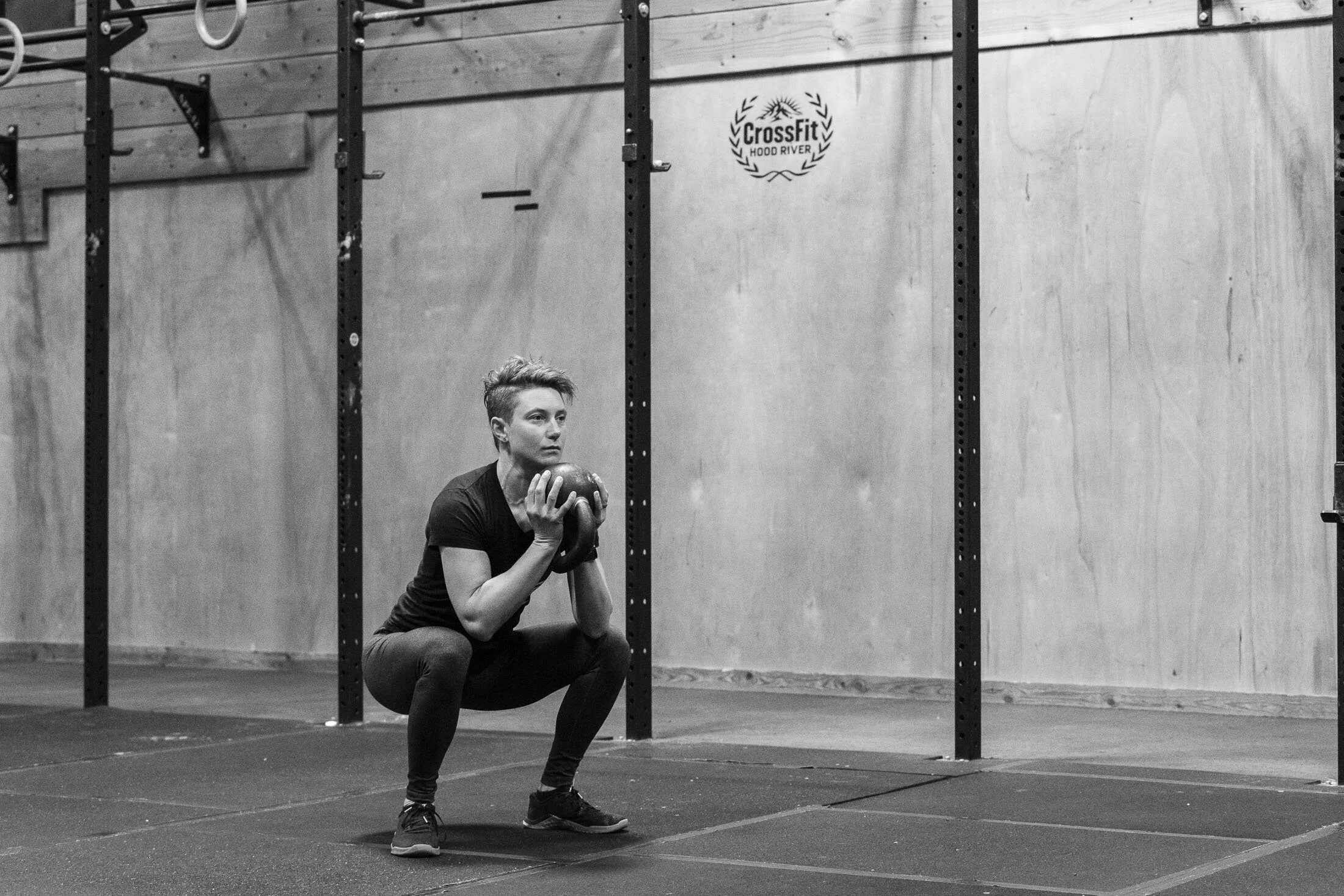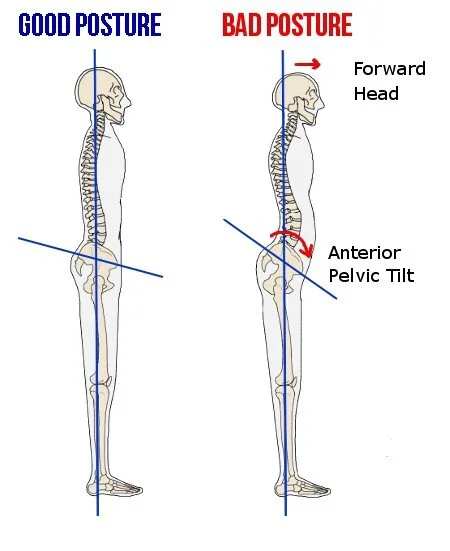Glute Doping: so good it feels like cheating
We’re all strapped for time. Every cyclist I know wishes for 3 things:
1) More time to ride
2) Increased strength without a ton of gym hours
3) More power with less effort
But we know these fantasies are reserved for fairy tales and pro riders, right? What if I told you there was a way to produce more power with the same or similar perceived exertion? What if you felt better on the bike, but actually rode less? Enter, glute doping! I was recently introduced to the term glute doping from Dr. Tim Woo, a Physical Therapist who works specifically with cyclists (@socalbikept). The term comes from the idea that once you learn to properly activate and engage your glutes, it’s such a bonus to your riding that it feels like you’re doping. If you have an interest in improved on-bike performance the legal way, read on!
If you’re reading this I’m guessing you’re sitting down. Pause for a moment and squeeze your glutes for me. Squeeze your right one first then your left. Success? Not sure? Now try this: wiggle your left pinky finger followed by your right thumb. That was super easy, right? There was no question of if you wiggled your fingers successfully. Squeezing your glutes could be as intuitive as wiggling your fingers. But due to a disconnect between our brain and our gluteal muscles, many folks struggle with full glute engagement, and the consequences play out in the form of a tight low back, hamstrings, and hips, as well as knee pain. I frequently see riders who struggle to keep their knees from caving in on the bike which is also often a result of weak or improperly firing glutes.
Since we’re talking butts, let’s get big! The gluteal muscles are the strongest muscle in the human body per cross sectional area. Your glutes are a powerhouse, a force to be reckoned with. Strong glutes will help propel you up hills faster and fatigue slower, hence the term: glute doping! Strong glutes can help reduce low back and knee pain, and improve pelvic stability. But not if they are sleepy and chilling on your behind. Many people suffer from gluteal amnesia, or sleepy butt syndrome, which is simply the inability, or reduced ability to engage your glutes. Glute contraction should be as easy as wiggling your fingers, but for many it’s a struggle because our mind has become disconnected from those large motors due to long bouts of sitting and lack of practice. Below you will find 3 exercises to determine if you may suffer from sleepy butt syndrome, and 4 exercises to help strengthen your glutes! With consistent practice, your glutes will not only get stronger, but you will be able to engage them better, and you will feel like you’re glute doping!
3 Exercises to Determine If You Have Gluteal Amnesia
1. Can you struggle to feel your glutes activate when you are doing activities such as walking, cycling, lifting heavy objects, or performing deadlifts and squats? Do your hamstrings and low back often feel tight? If you responded with a whole bunch of “yes’s” there’s a good chance your glutes could use an alarm clock.
2. Perform a single leg glute bridge such as shown in the image. Keep your chin tucked and shin vertical. Hold for about :20 seconds. Do you feel your quads and hamstrings more than your glutes? If “yes,” this is another indication that your glutes are not firing property.
3. Do your friends routinely think you’re sticking your butt out at them? This is known as an anterior pelvic tilt and is often due to weak abdominal muscles and weak glutes in conjunction with tight lower back muscles (erector spinae).
If you answered “yes” to one or more of the 3 tests above, and you’re a cyclist and/or sit a lot there’s a good chance you could use some help waking up (AKA engaging) those glutes! Below are 4 exercises to help strengthen and get better engagement out of your glutes! Of, if you’re ready to commit to building a strong backside, sign up for a Strength Training program HERE!
5 Exercises to Strengthen Your Glutes
Glute bridge. How to perform: Lay on your back with knees up and feet flat. Tuck your chin and extend your hips towards the sky. Keep your pelvis neutral! This means you should not be excessively bending your lower back. Squeeze your glutes at the top of the lift! Think about literally squeezing a dime between your butt cheeks. Place a band just above the knees to help increase glute activation! The video demonstrates single leg glute bridges both weighted and unweighted. If you are just starting out, do these with both feet on the floor, then progress to the single leg version! Do 3 sets of 12-15 reps prioritizing good glute contraction on each lift over total number of reps!
Single Leg Glute Bridges. Weighted and unweighted.
2. Banded Clamshells and Side-lying Leg Lifts. Clamshells: Lay on your side with knees and hips bent. Brace your core and lift your top knee while keeping your feet together. Leg Lifts: Lift top leg and bring it back slightly and point toe down. Slowly raise and lower your leg focusing on feeling it in your glute medius (side glute) and not in your quad! Perform 3 sets of 12-15 reps/side.
Lateral Box Step-Ups
3. Lateral Step-Ups. I like to do these on a cooler. If you use a Yeti, know it’s super bomber for stepping up onto, but be sure to step in the middle as they are a little tippy if you stand too close to the edge! How to perform: Stand next to the cooler (or box) and step up laterally. The important thing here is to make sure you are actually shifting your weight in a lateral direction rather than front to back. This is a great exercise to add weight to in the form of holding dumbbells or kettlebells once you are comfortable with the bodyweight version. Perform for 2 sets of 8-12 reps/leg.
Goblet Squats
4. Goblet Squat. Once you start to develop better glute awareness you should start to feel them working in all of your lower body exercises (unless you are specifically trying to isolate a certain muscle group). Cyclists tend to feel squats primarily in their quads. But imagine what will happen to your overall strength (both on and off the bike) if you can begin to recruit an additional muscle group to your training. Practice goblet squats to start, then progress to barbell loaded back squats if you have the equipment and necessary experience. How to perform exercise: Stand with feet hip distance apart and clutch a dumbbell or kettlebell to your chest. Brace your core and lower down into a squat. Work to keep your chest lifted and knees pressing out. Elbows should be between knees and back should stay neutral. When you stand up out of the squat think about engaging your glutes as you stand! Perform 3 sets of 8-12.
5. Banded pull-through. Performing a proper hip hinge with strong glute and hamstring activation teaches the glutes to work in concert with the hamstrings, rather than allowing the hamstrings and lower back muscles to do all the work. How to perform: attach a band to a fixed object, stand with feet hip distance apart, hinge at the hips and grab the band. Flex the glutes as you stand and pull the band through your hips. Really focus on strong glute activation here! Perform 3 sets of 8-12
Summary
Spending 10-15 minutes 2-3 days per week can have tremendous payoff not only in your overall comfort on the bike, but in your power production and performance. Below is a suggested routine to get you started.
Month 1:
Once per week.
2 sets of 8-10 unweighted single leg glute bridges
2 sets of 8-10 banded clamshells
Month 2:
Once - twice per week. Continue the month 1 routine, but add.
1 set of 8-10 unweighted single leg glute bridges
1 set of 8-10 banded clamshells
1 set of 8-12 banded side lying leg lifts
Month 3:
Continue the month 2 routine but add:
1 set of lateral step-ups, 8-10/leg
1 set of goblet squats (8-10)
1 set of banded pull throughs (8-12)
Looking to step up your training? Check out buildSOLO or buildTEAM for strength training workouts for cyclists. Love Brave Endeavors content? Sign up for a free weekly newsletter for more info on how to Think. Train. and Ride.
NOTE: all exercises are suggestions. You should always be evaluated by your primary care physician before participating in strenuous exercise! I hope you find the article helpful. Feel free to message me with additional questions or to get started with a more rigorous or specific strength training routine.



